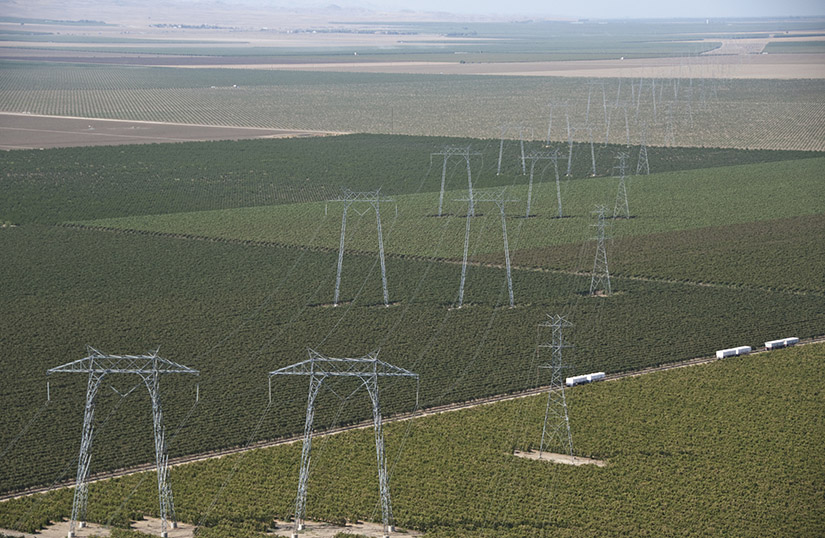Planning and Development Pathways for Building Interregional Transmission
New Study Identifies Options for Decision Makers, Planners, and Industry To Overcome Barriers to Building Interregional Transmission

A new study by the National Renewable Energy Laboratory (NREL) and Pacific Northwest National Laboratory (PNNL) provides practical options for developing more interregional transmission infrastructure to move toward a transformed power system.
Planning and Development Pathways for Building Interregional Transmission is a companion report to the National Transmission Planning Study (NTP Study), which was released earlier this year by the U.S. Department of Energy’s (DOE’s) Grid Deployment Office (GDO) in partnership with NREL and PNNL.
The NTP Study found that interregional transmission can help keep the lights on during all periods of the year, including periods when the grid is most stressed. This resource-sharing ability could save hundreds of billions of dollars in system costs. However, interregional transmission is especially challenging to develop because it spans multiple jurisdictions and is more expensive to build than shorter, local transmission lines. Because of these challenges, very few interregional lines exist in the United States.
Together, GDO, NREL, and PNNL are tackling the challenges presented by interregional transmission development.
“The NTP Study showed us what’s possible,” report coauthor and NREL researcher Christina Simeone said. “Now, this study provides ideas for the state and federal decision makers, transmission planners, and other industry players who want to take a more collaborative approach to planning for a more interconnected grid.”
Survey of Challenges
To understand the full institutional and regulatory challenges and opportunities for developing interregional transmission in the United States, NREL and PNNL interviewed transmission system experts, planners, and developers, reviewed literature, and reviewed comments from Federal Energy Regulatory Commission proceedings.
Based on the assessment, NREL and PNNL identified several key planning, operational, development, and merchant project challenges. For example, multijurisdictional interregional transmission projects often face more complex and challenging siting and permitting requirements than projects contained within a single planning territory. This can lead to many years of proceedings, sometimes resulting in a patchwork of time-bound permits along an interregional transmission line’s route.
Possible Opportunities To Overcome the Challenges
NREL and PNNL identified potential opportunities within state governments, federal agencies, regional transmission organizations or independent system operators, utilities, and industry to overcome the barriers to interregional transmission development. For example, state officials can coordinate with counterparts in other states, both within their region and beyond, to standardize siting and permitting requirements, share better information with planners and developers, and expedite the process.
At the federal level, regulators could strengthen current requirements to coordinate between regions by requiring interregional planning to identify potentially beneficial projects. DOE can also maintain its Coordinated Interagency Transmission Authorizations and Permits Program, which establishes DOE as the lead agency to help accelerate federal environmental reviews and permitting processes for qualifying electric transmission facilities. Previously, transmission developers had to navigate several unique and independent permitting processes set by multiple agencies. Now, DOE will serve as the lead point of contact, coordinating between developers and federal agencies to provide logistical and capacity support throughout the permitting and authorization processes.
“The transformation of our nation’s aging transmission infrastructure involves significant changes to the way the system is planned, developed, and operated,” said Faith Martinez Smith, report coauthor and NREL researcher. “These larger changes can be supported by a series of well-planned, smaller steps. We hope this report serves as a starting point to identify some of those smaller steps, as well as transformational options.”
Learn More
Read Planning and Development Pathways for Building Interregional Transmission for the full list of challenges and potential opportunities to plan and develop more interregional transmission.
The National Transmission Planning Study and its key findings were released in October 2024, along with several other companion reports. Visit the NREL NTP Study page to learn about more companion reports.
Last Updated May 28, 2025
